America is in mourning.
On Friday morning, I first saw the news on my facebook page. Shooter at an elementary school in Connecticut. Soon after, more posts on social media sites and online news outlets. The facts of the event continued to become more and more terrifying. For most of the weekend, I, like so many others, shed many tears and continued to ask, “why?”
People are hurting and outraged and angry and are looking for answers as to why anyone would commit such an atrocious crime. So in watching and reading the news, and in online discussions, people are sending petitions to strengthen gun control laws, calling for a ban assault weapons, saying this horrible event was because we “took God out of the schools,” and writing blog posts about the serious lack of services for those with mental illness.
But this post is not about any of those things. I will save my critiques about how the news and media outlets responded in the early hours of the aftermath of the event for another day. I will discuss the issue how difficult it is to get quality mental health services on another post. But I do want to talk about violence.
From the time the shooter was named* people have begun to attempt to put together a profile that might explain the person that committed this heinous act:
- People are speculating that the shooter’s mother was cold and demanding
- They wonder if his supposed diagnosis of Asperger’s Syndrome played a role
- They insist that of course he was mentally ill
- They blame his mother for keeping guns in the house
- He was a “loner”
- His parents were divorced and he took it hard
- He was very intelligent but socially awkward
We will never know if individually, or in combination, any of these factors may have contributed toward making this person into the kind of person that would kill so many people. In attempting de-facto to put together the elements we believe must provide us with the answers to our question, we are missing a much larger conversation about violence – who commits it, what it looks like, why it happens, and how we as a society handle it.
By focusing on the individual elements of this person we accomplish two things. First, we further stigmatize everyone that has any of those traits because now we are establishing a correlation between factor and violence, even if we can’t truly establish a cause and effect relationship.But stigmatizing people does the opposite of helping prevent violence from happening because it makes it more unlikely people will ask for help given the increased negative perception. Secondly, we further look for individual reasons that violence is committed rather than looking at larger cultural values around violence that are not being addressed. We tell ourselves that if we, or our loved ones, don’t have any of these stigmatizing factors then we can be absolved from violence prevention because we are not the cause.
In talking about these events with family and friends this weekend, I was struck by the way our society tends to deal with these incidents of mass shootings – at schools, at the Aurora, CO theater, and recently at the mall in Oregon – by looking at the individual profiles of the perpetrators; yet violence occurs on a daily basis in our neighborhoods, on national level and on a global level every day, and we seem to be inured to it. Are we conditioned to only respond to one kind of violence – the kind in which a lone perpetrator sprays bullets into a mass of unknown victims – but not care as much about intimate partner violence, violence against children, wars, and other forms of violence that happen on a daily, if not hourly basis?
On Saturday while watching the news (for a full 10 minutes before I had to shut it off because I was so disturbed by the reporting), I said to my partner, “this must be what it feels like for both the Israelis and Palestinians – this kind of assault, this kind of violence, this mass murder of its citizens. Imagine if we had a Sandy Hook every few weeks, what would we be like as a nation?”
As a parent, I tell my children that bullying and violence is about control and power; and that those who commit violence do so because they want to have control over someone or something and exert their power. I believe that violence is about getting what you want when you can’t get it through other means. It’s about having a sense of entitlement, that someone took something away that was supposed to be yours, whether it’s something tangible and material or whether it’s an ideal or behavior. It’s the fist in the partner’s face because they don’t respect you; it’s the assault of a child because you can; it’s the war over land because you want it and you don’t want them to have it.
What’s missing is an honest dialogue about violence – about the kind we individually and collectively condone or promote. And what else is missing is how we handle our feelings of anger, entitlement, desire to control and disempower others, jealousy. And also, why we are not talking more about how we teach compassion and reconciliation?
I am devastated by Friday’s events. As a parent, I can’t begin to fathom the grief and loss that the parents, siblings, friends and community of the victims are feeling. That such an act of violence happened is overwhelming. The acts of kindness – in particular the story of the therapy dogs comforting grief-stricken children and parents, and the news that out-of-town volunteers helped fill in at local businesses so employees could attend the funerals for the first two victims – were especially touching.
Violence is about making someone else feel disempowered, out of control and powerless. It’s about the perpetrator establishing their dominance. And so it’s not about the size of the weapon (fist, knife, gun, tank), it’s about the underlying motive to disempower someone else, to take it out on someone less powerful than you. The choice of weapon merely allows someone with the intent to harm the tools to harm more people, more cruelly.
*I’m not linking or naming the shooter because I want to avoid search engines, etc.
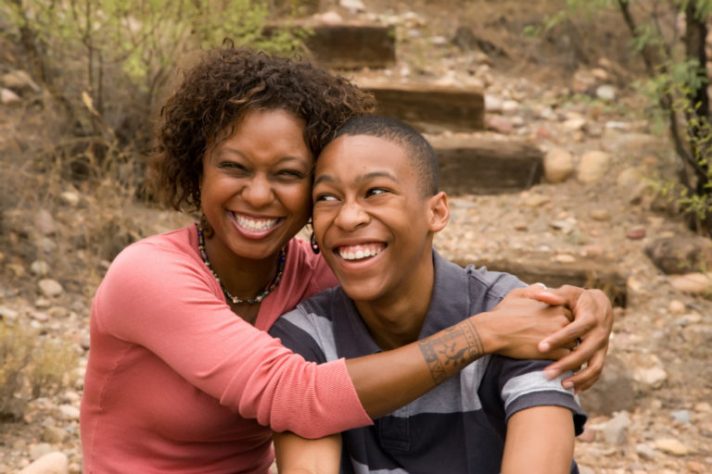
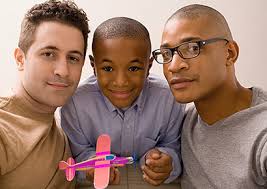
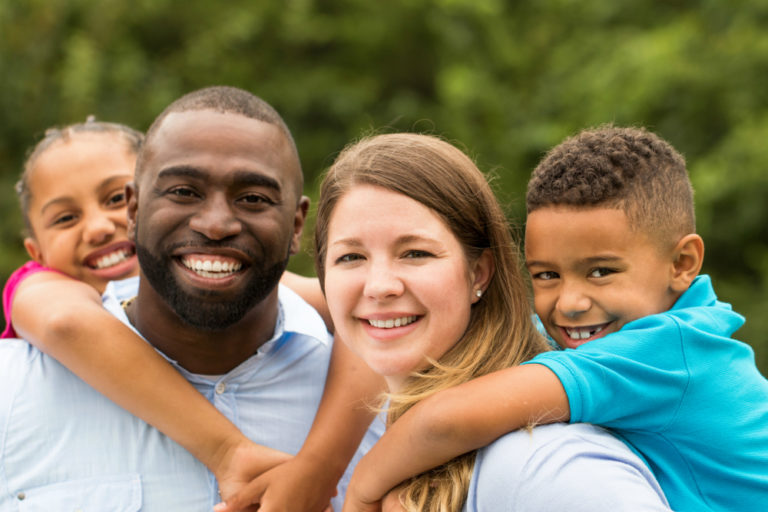
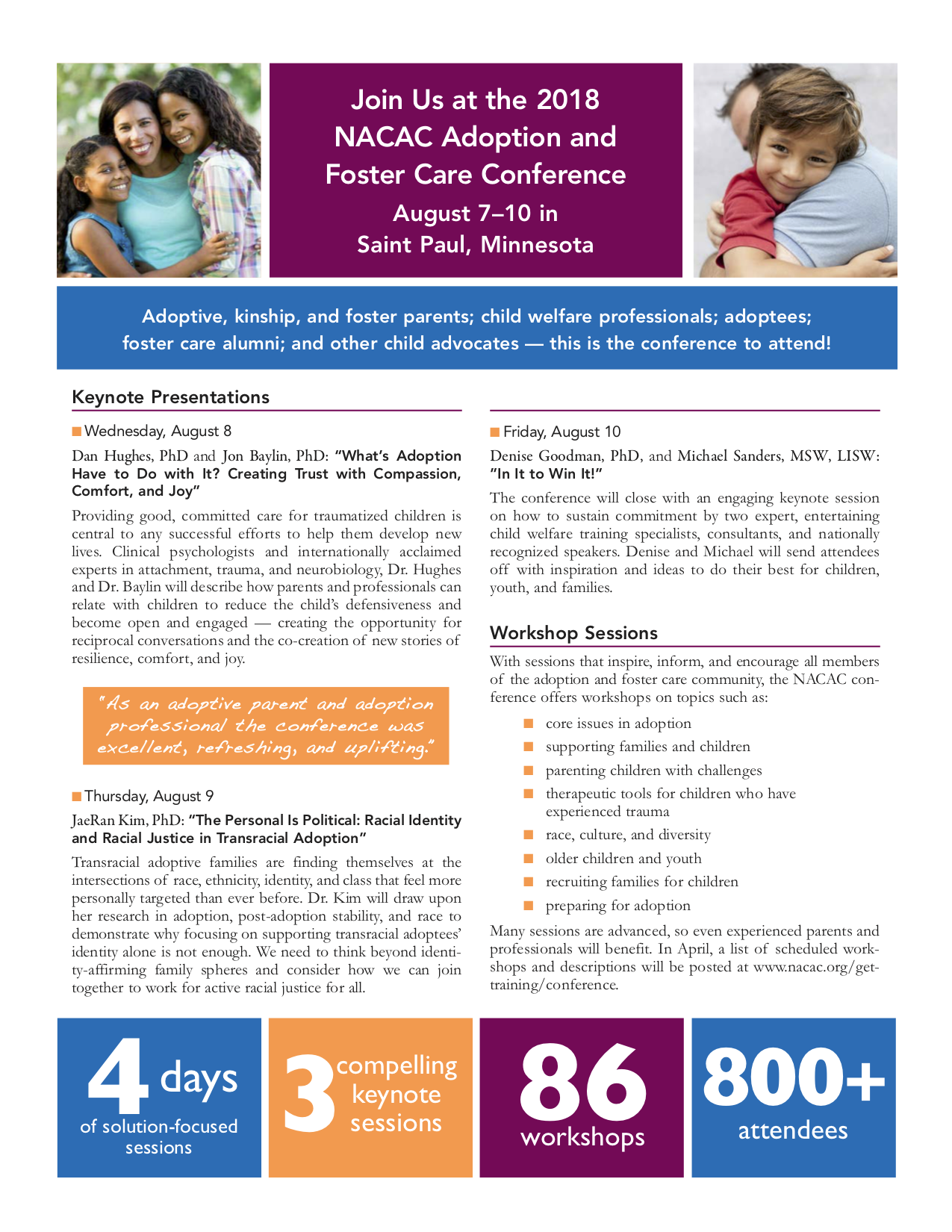


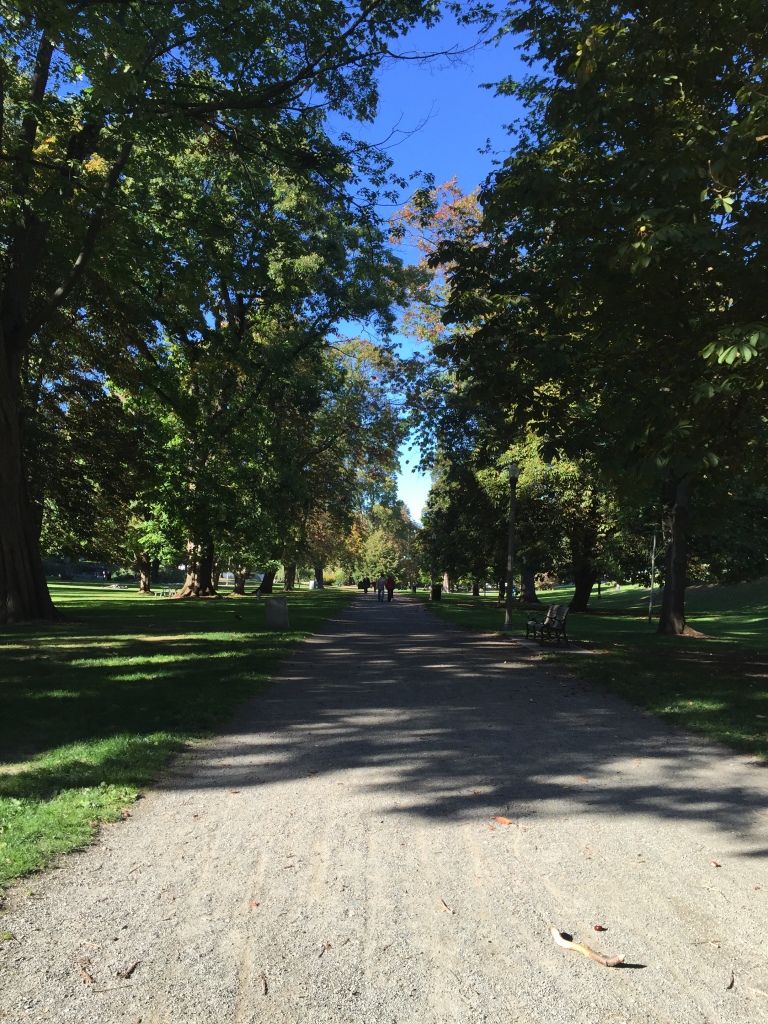
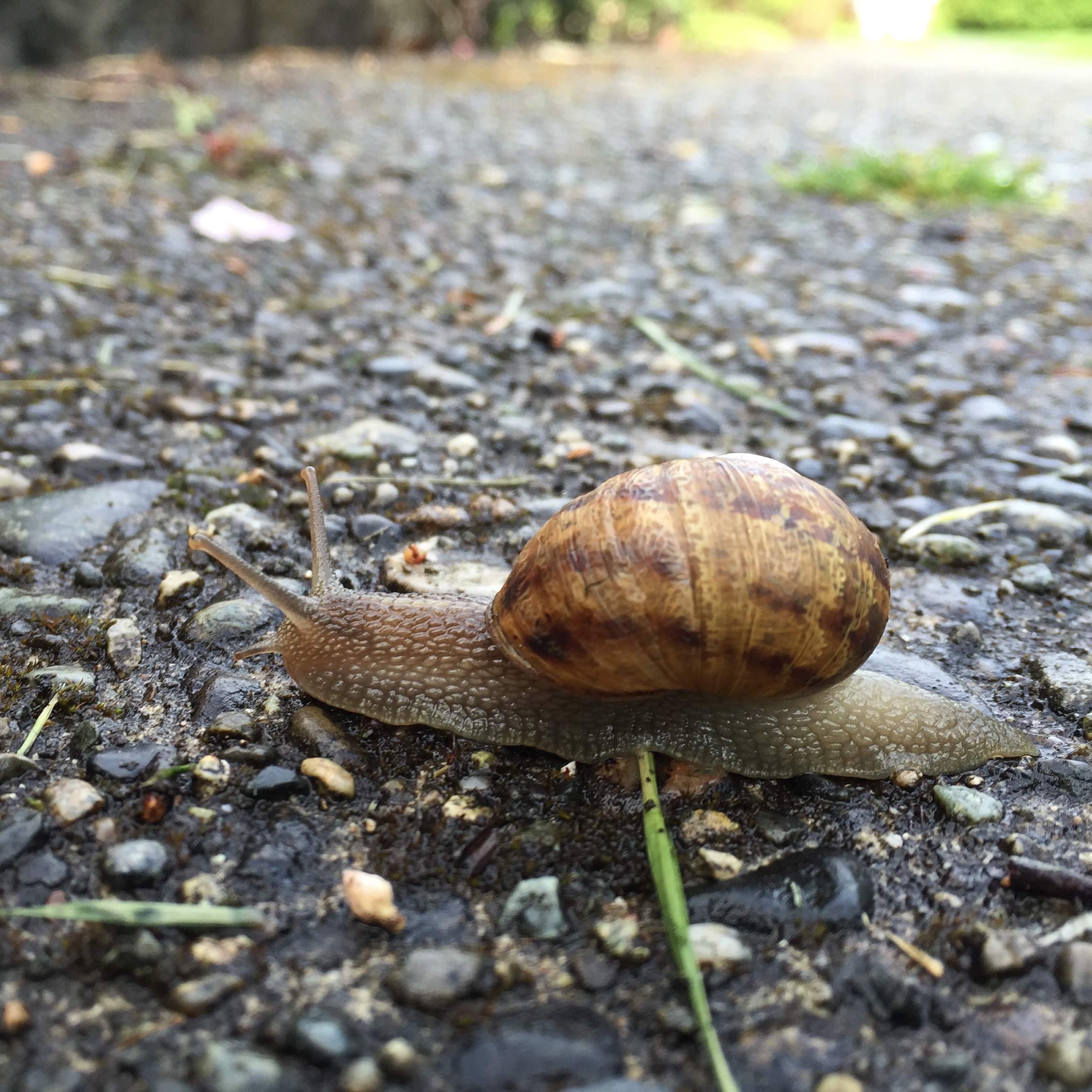
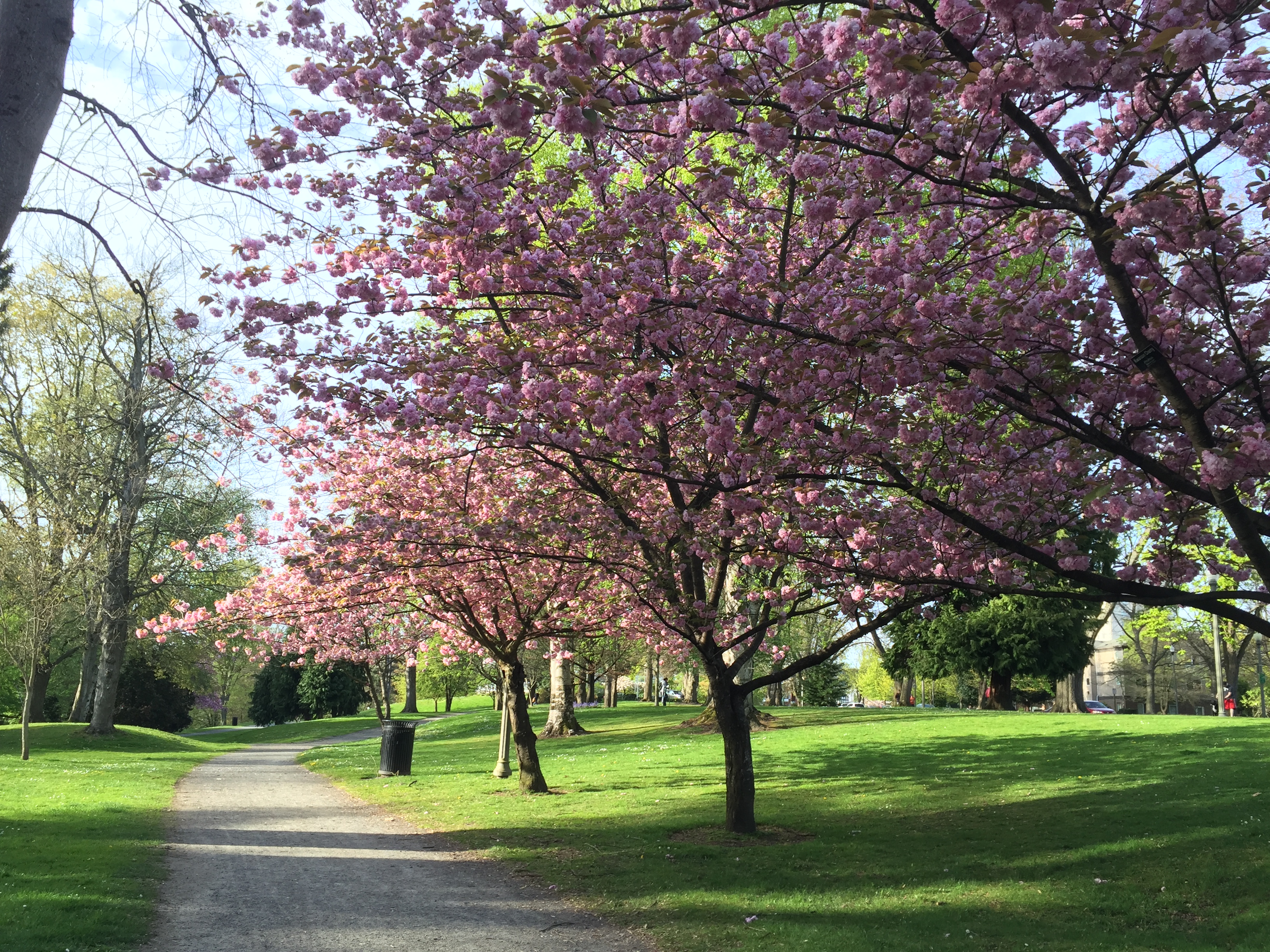
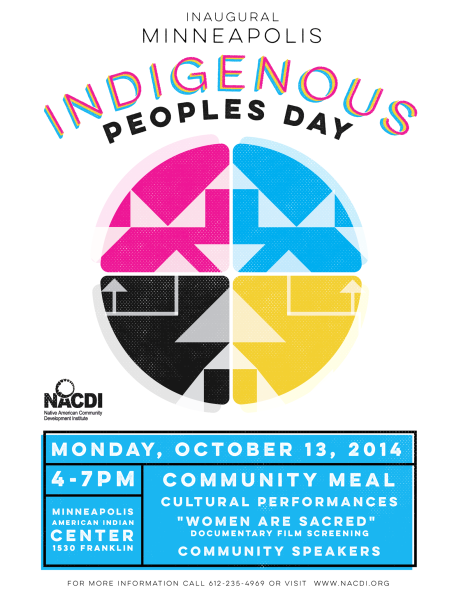
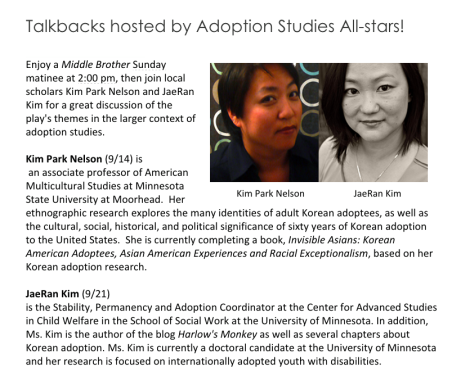
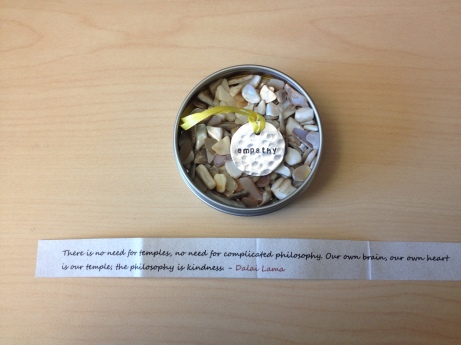


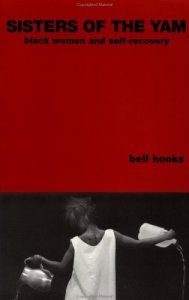
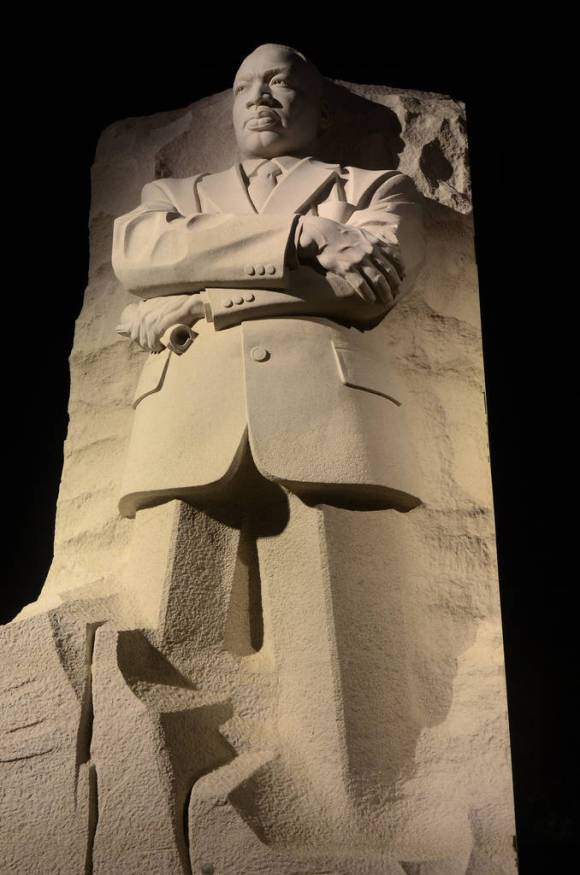
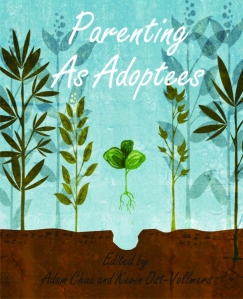


You must be logged in to post a comment.